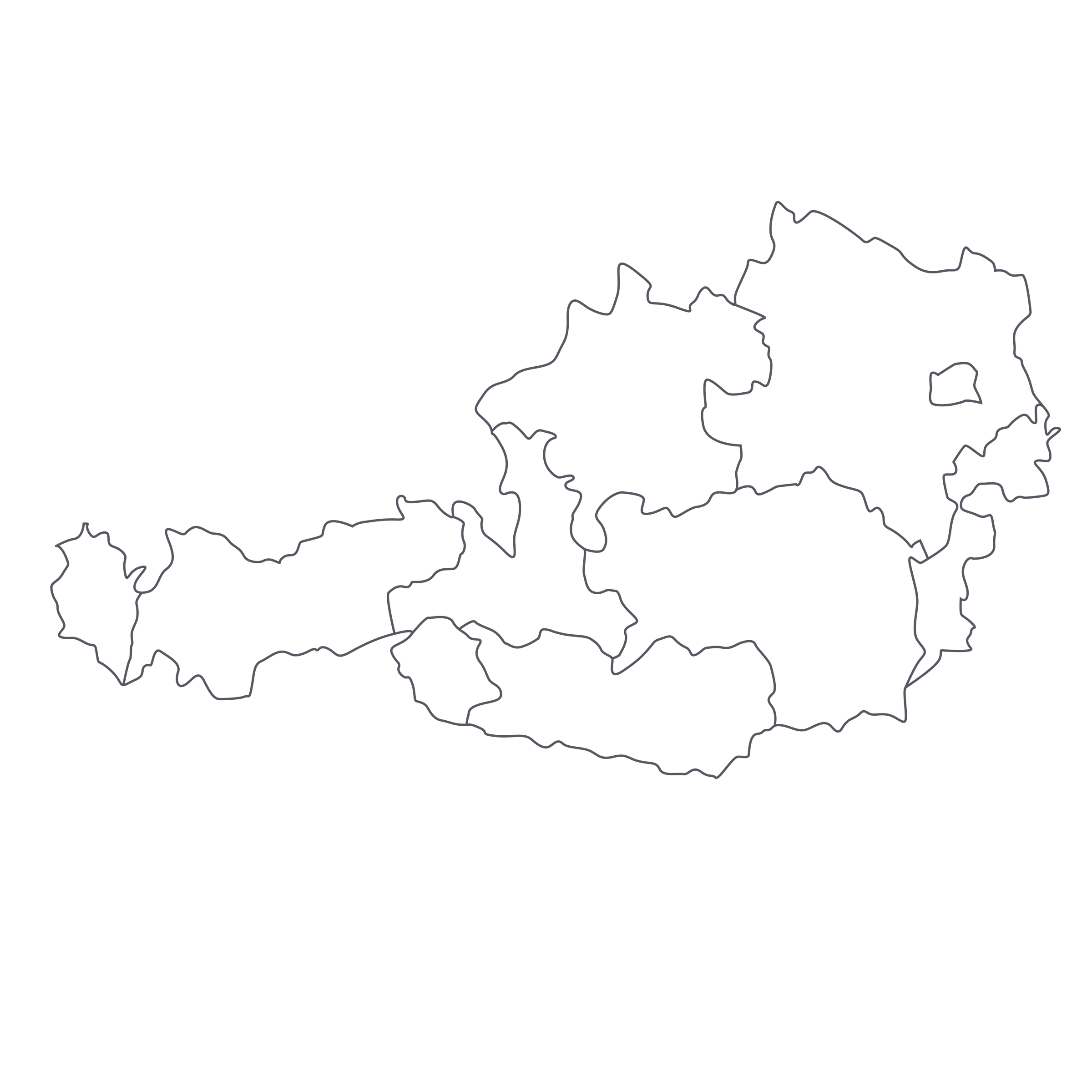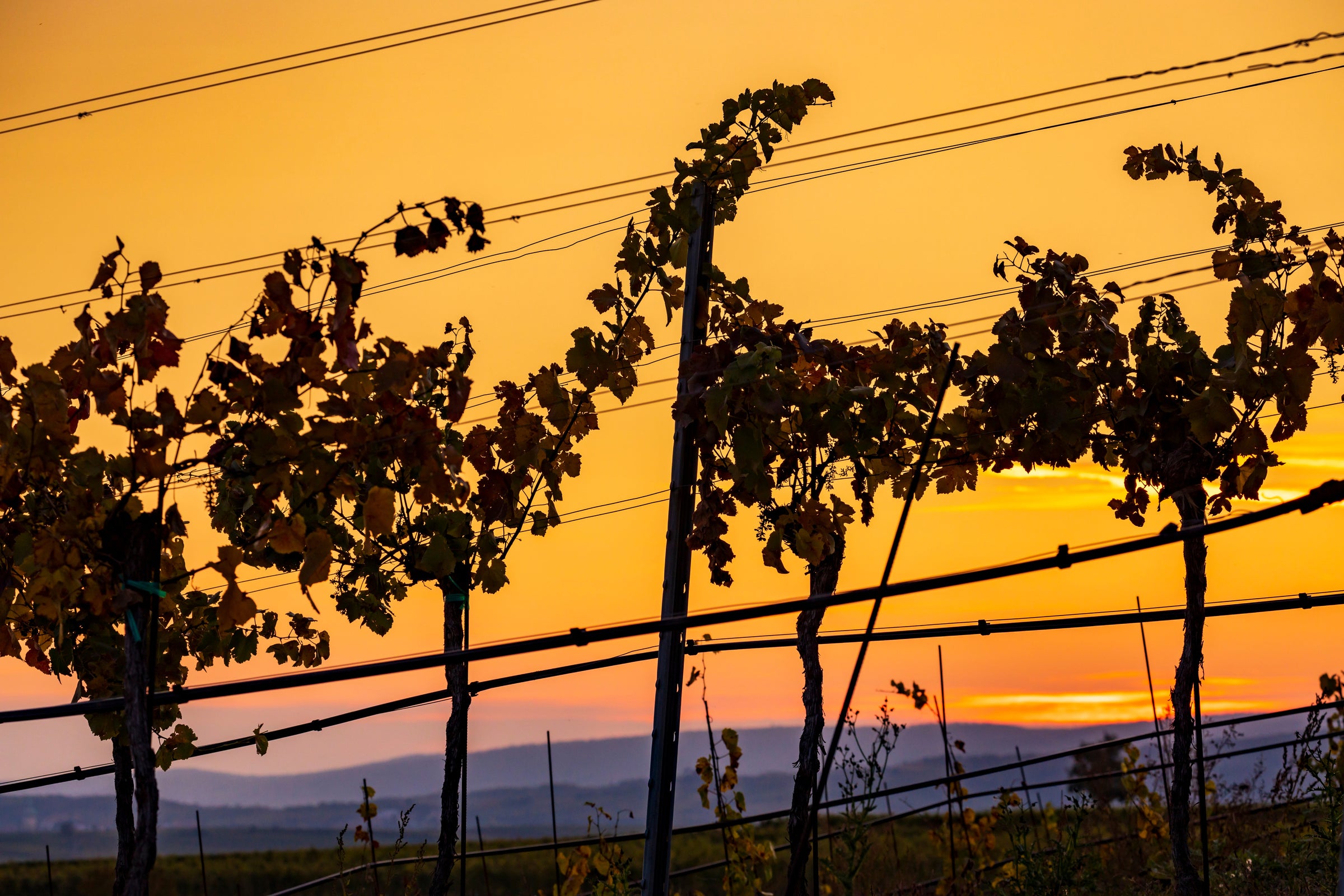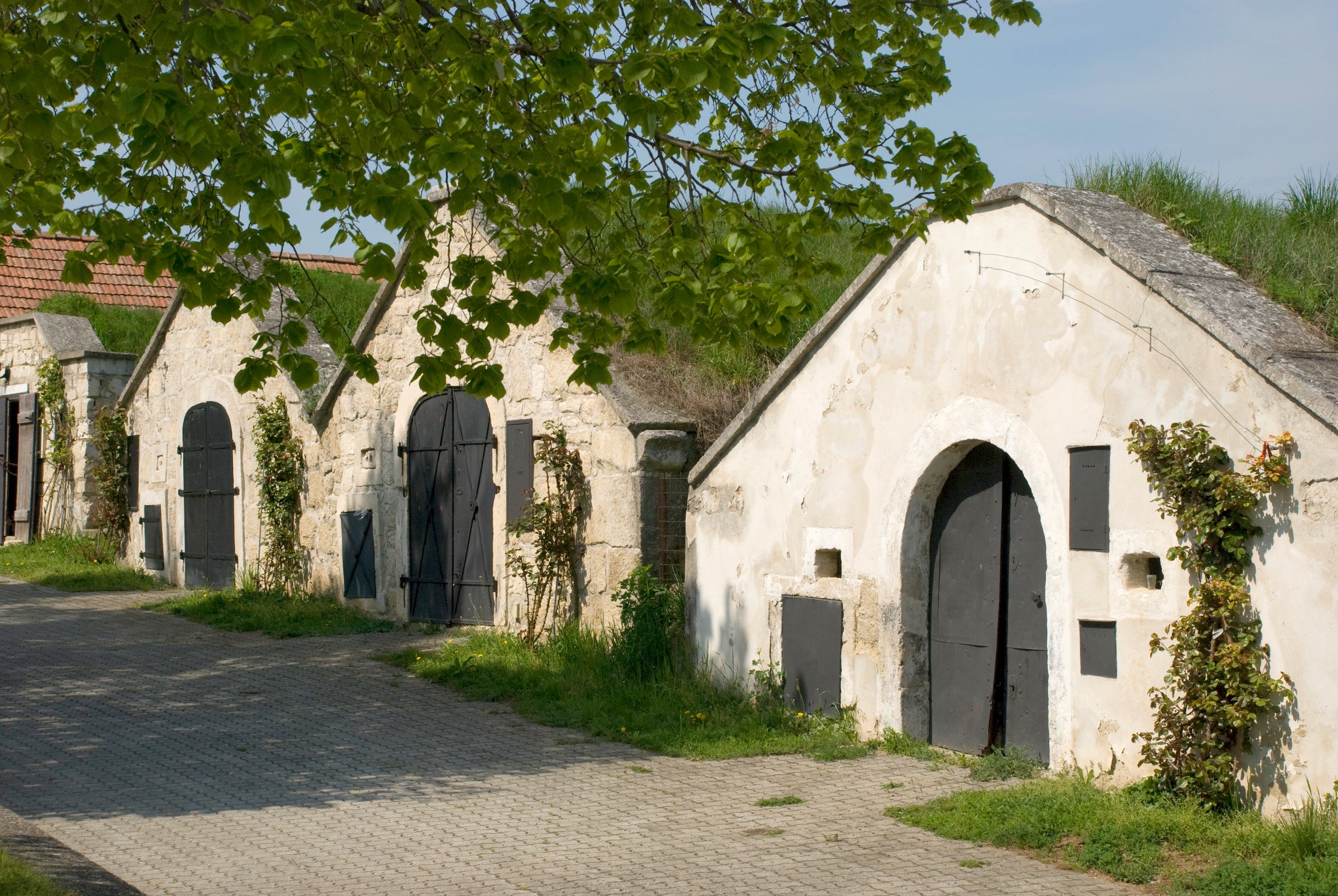Tegernseerhof’s roots stretch back almost a millennium; the winery was built in 1176 shortly after the Holy Roman Emperor, Henry II, granted the land to the Benedictine monastery of Tegernsee. The Mittelbachs are the current stewards of the land and have been for five generations. Martin Mittelbach is a traditionalist in the very best sense and his dedication and passion for the vineyard’s health is evident in the glass. The steep, terraced vineyards, left behind from the Holy Roman Empire, definitely requires this level of dedication and are just another reminder that the land is precious and tradition is important here. Carved into a natural, southeast-facing amphitheatre of steep solid rock comprised of primary rock beneath pure, fine gneiss and decomposed granite, the Steinertal vineyard is an incredibly special parcel, aptly suited to Riesling. Perched just below the peak of a 413-meter-high mountain, the site is tucked away from harsher elements but is blessed with a cooler microclimate, which is supremely conducive to this perfectly balanced, terroir-driven and incredibly complex Smaragd Riesling.
For those of you who are unfamiliar with Smaragd, allow me to explain. Here in the Wachau there is a classification system that regulates all dry Riesling and Grüner Veltliner into one of three categories: Steinfeder, Federspiel or Smaragd. This term on the label refers to ripeness level of the grapes at the time of harvest. Steinfeder, translating to “stone feather,” is the lightest style, harvested with the least amount of brix (sugar in the grapes), which translates to a maximum of 11.5% alcohol when bottled. Federspiel, named for the traditional, local art of falconry, is the next ripeness level and enjoys more texture and richness at 11.5% to 12.5% alcohol at bottling. Today’s offer is Smaragd, which is the most serious and celebrated style. Smaragd translates to “emerald,” and is named for the local, green lizard who surfaces to eat the grapes when the ultimate ripeness level is achieved. Historically, this was when growers knew it was time to pick. The Smaragd level must attain a minimum of 12.5% alcohol but can reach as high as 15%. An incredibly rare treat, Tedernseerhof’s Smaragd Riesling delivers a wine of unparalleled concentration of flavor and density with the harmonious balance of freshness and focused minerality.
This Riesling displays a beautiful light golden core that moves to green reflections on the rim. The piercing nose reveals concentrated aromas that are so complex, they are almost impossible to put into words, including aromas of yellow plums, green and yellow apple, pineapple core, yellow mango and lemon oil over a savory bouquet of petrol, kaffir lime leaves, lemon verbena, a touch of white pepper and incredibly fine crystalline minerality that literally smells of fine wet rocks in the glass. On the palate, this wine is bone dry with high acidity, incredible concentrated texture and minerality, and boasts fruit that is mind-blowing in its complexity. Fruit flavors mirror the nose with additional peach, green tropical notes and lime zest and are enhanced by fresh herbs, lemon blossoms and Wachau Riesling’s typical spicy touch. When enjoying this wine, slow down, let it open and pay attention to the progressive evolution in the glass. After about an hour in the decanter, this wine will begin to relax and fill out in texture. This is truly a wine to savor every sip. Although it is simply delicious in its youth, the true greatness this wine is capable of will only be glimpsed at five years from now with its peak coming in ten to fifteen years. For an ideal experience, have a glass before dinner to really devote your undivided attention, then enjoy the rest over a classic Austrian meal life Tafelspitz, Schweinsbraten or Wildschwein.






